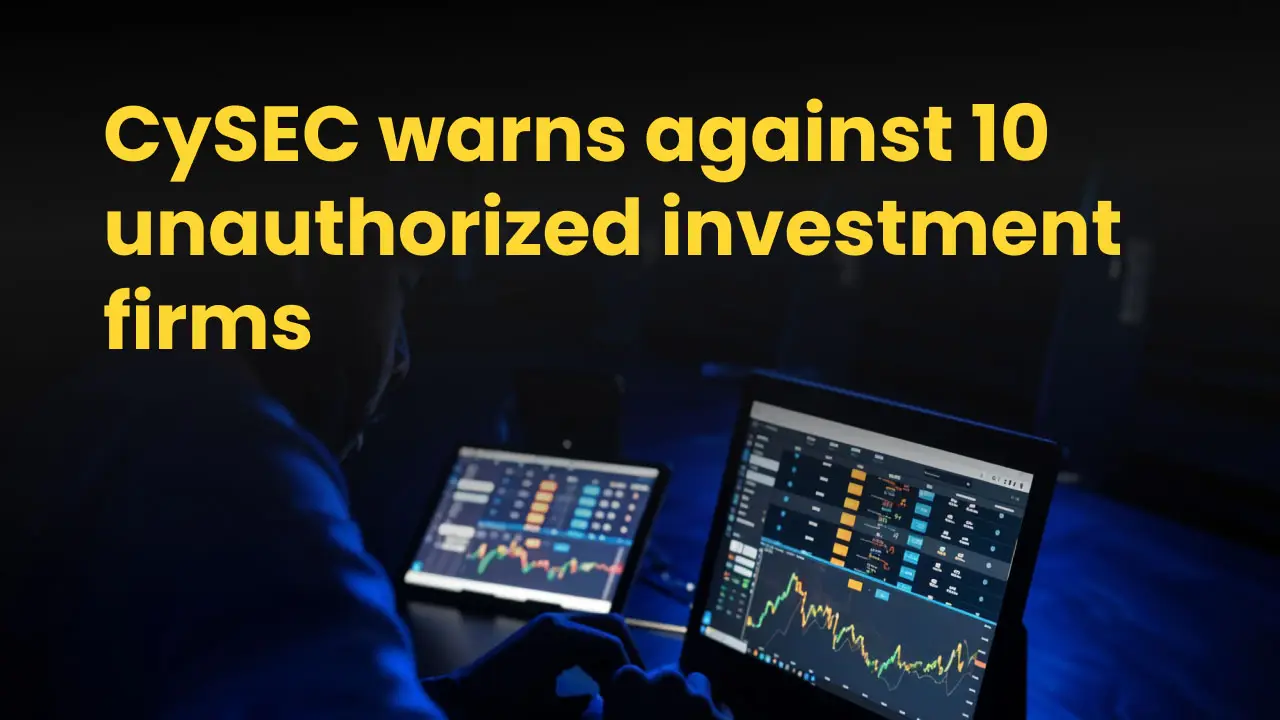简体中文
繁體中文
English
Pусский
日本語
ภาษาไทย
Tiếng Việt
Bahasa Indonesia
Español
हिन्दी
Filippiiniläinen
Français
Deutsch
Português
Türkçe
한국어
العربية
Gold Crashes: Is the Bull Run Ending?
Abstract:International gold prices, which once approached the $3,000 per ounce mark, have started to decline. Has investor focus shifted? Is the gold bull market coming to an end?

On February 28, gold prices saw a notable drop, with COMEX gold falling to $2,832.5 per ounce—down more than 4% from its record high of $2,974 per ounce on February 24. By the end of the day, gold futures closed at $2,867.3 per ounce, marking a weekly decline of 2.79%.
Multiple factors influence gold prices.
Global geopolitical tensions and changes in the monetary system continue to drive gold demand. Particularly, amid the trend of de-dollarization, central banks worldwide are increasing their gold reserves, and this trend is expected to continue in 2025.
Meanwhile, the Federal Reserves monetary policy remains a crucial factor. If the Fed begins cutting interest rates, declining real interest rates will lower the cost of holding gold, potentially driving prices higher.
Over the past decade, gold prices have undergone five distinct phases. In 2015, prices experienced a period of volatility and decline, reaching a low of $1,045.4 per ounce. From 2016 to 2018, prices remained range-bound. Between November 2018 and August 2020, gold surged to a record high of $2,089 per ounce. From September 2020 to 2022, prices fluctuated at elevated levels. Since November 2022, gold has once again broken previous records, with an overall gain of 84%.
Looking ahead, gold is likely to maintain a long-term upward trajectory but remains susceptible to short-term corrections. Investors will continue to monitor global developments and the Feds policy direction. Whether the gold bull market will persist remains a key question for the market.
Disclaimer:
The views in this article only represent the author's personal views, and do not constitute investment advice on this platform. This platform does not guarantee the accuracy, completeness and timeliness of the information in the article, and will not be liable for any loss caused by the use of or reliance on the information in the article.
Read more

WikiEXPO Dubai 2025, a Global Fintech Expo, Is About to Commence
One of the world’s largest Fintech expos, WikiEXPO Dubai 2025, hosted by WikiGlobal and co-organized by WikiFX, will grandly open at the Millennium Plaza Downtown Hotel in Dubai on November 11, 2025. This event is expected to attract over 5,000 participants and 200+ partners from around the globe to discuss global trends in financial innovation and digital transformation.

CySEC warns against 10 unauthorized investment firms
The Cyprus Securities and Exchange Commission (CySEC) has issued a public warning against 10 unauthorized investment firms that are illegally offering investment services to investors.

Voices of the Golden Insight Award Jury | Nattachai Chalermwat, MH Markets
WikiFX Golden Insight Award uniting industry forces to build a safe and healthy forex ecosystem, driving industry innovation and sustainable development, launches a new feature series — “Voices of the Golden Insight Awards Jury.” Through in-depth conversations with distinguished judges, this series explores the evolving landscape of the forex industry and the shared mission to promote innovation, ethics, and sustainability.

Trading Oscillators: The Secret Tool Every Trader Should Know
If you’ve ever looked at a trading chart and wondered how traders know when a price is “too high” or “too low,” the answer often lies in trading oscillators. A trading oscillator is a type of technical indicator that helps traders measure the momentum of price movements. In simple terms, it tells you when a currency pair, stock, or commodity might be overbought or oversold — which can signal a potential reversal.
WikiFX Broker
Latest News
Private payrolls rose 42,000 in October, more than expected and countering labor market fears, ADP says
Yields Rise, Rate-Cut Odds Slide As ISM Services Survey Signal Inflation Fears
Op-ed: The fuel for the AI boom driving the markets is advertising. It is also an existential risk.
Stonefort Broker Review 2025: Legit or Risky? A Complete Analysis
The United States Outgrows All Its Major Peers
PINAKINE Broker India Review 2025: A Complete Guide to Safety and Services
PINAKINE Broker Review: A Complete Look at Its Services and Risks
Voices of the Golden Insight Award Jury - Simon So, Chief Experience Officer of Hantec Financial
Seychelles FSA Flags Clone Website Impersonating Admiral Markets
Canary Wharf Address Scam Resurfaces: FCA Exposes 20+ Clone Template Forex Platforms
Currency Calculator



